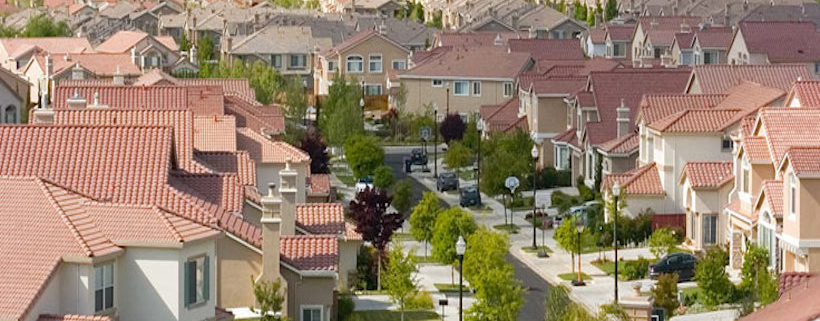Urban Sprawl, the Environmentally Friendly Answer to Expensive Housing
From the dawn of the colonial era, Canada, the U.S., and Australia thrived by providing what the landless have always sought. In the vast expanses of these countries, the luckless masses from Britain, Europe, and then the rest of the world, have pursued opportunity to enter the ranks of the property-owning class. Roughly 70 per cent of Americans see homeownership as an essential part of achieving middle class status, but like their counterparts in other English speaking countries, their chances of achieving it are becoming vanishingly small.
Home ownership, which increased substantially across the Anglosphere in the half century after the Second World War, has been falling, not only in the United States but in the United Kingdom, Australia and Canada, as well. In metro Toronto, the homeownership rate grew from 40 per cent of households in the 1930s to a peak of nearly 70 per cent in 2011 before dropping to 65 per cent in 2021.
Despite the recent drop in home prices, affordability in the U.S. is at the lowest level in at least three decades. This hurts in particular young people, who, rather than buying, may be stuck remaining renters for life. Similar trends in Canada have also driven homeownership, particularly among the young, down. In 1986, it took about five years for a Canadian working full time to save a down payment, notes Maclean’s. “Now, they’d have to save for 17 years — nearly 30 in Vancouver or Toronto.”
Read the rest of this piece at National Post.
Joel Kotkin is the author of The Coming of Neo-Feudalism: A Warning to the Global Middle Class. He is the Roger Hobbs Presidential Fellow in Urban Futures at Chapman University and Executive Director for Urban Reform Institute. Learn more at joelkotkin.com and follow him on Twitter @joelkotkin.



